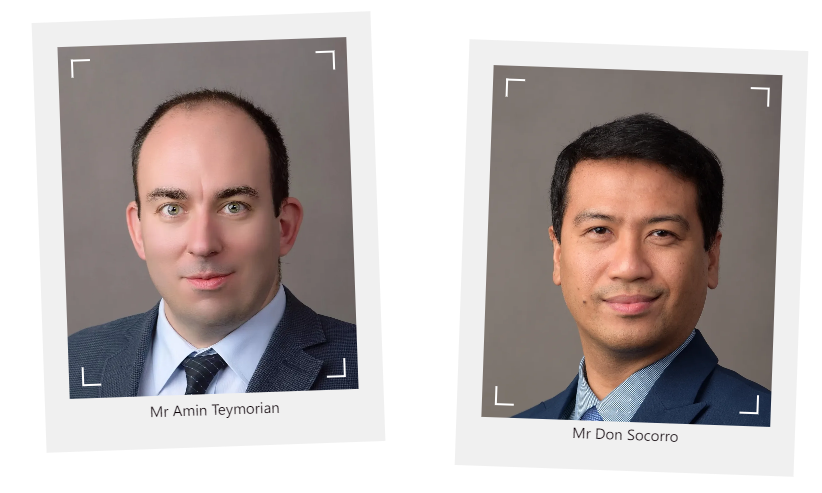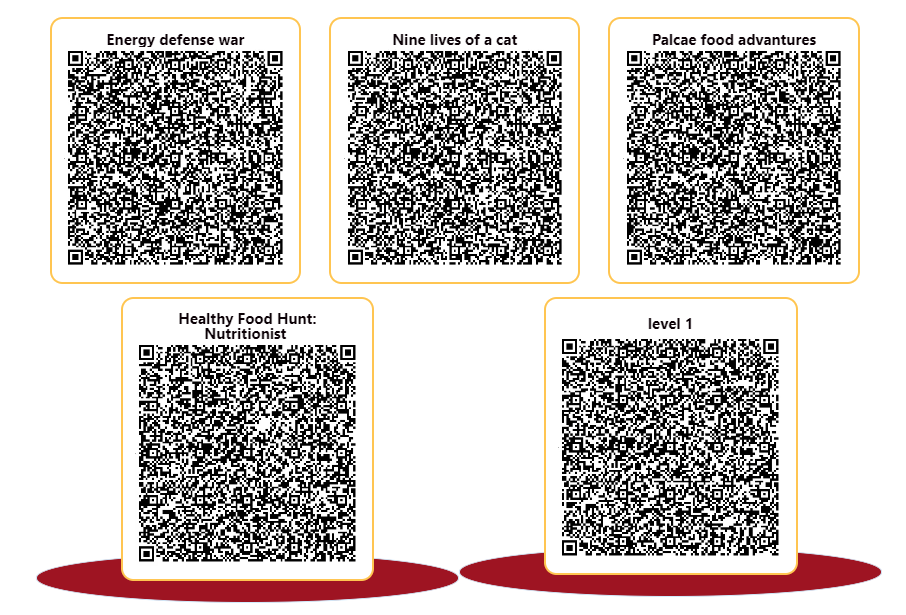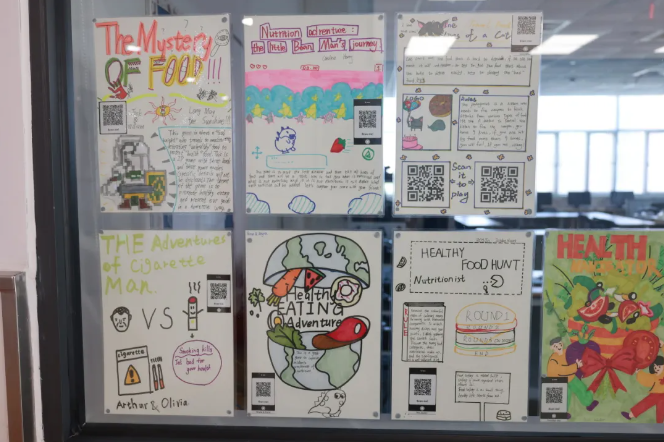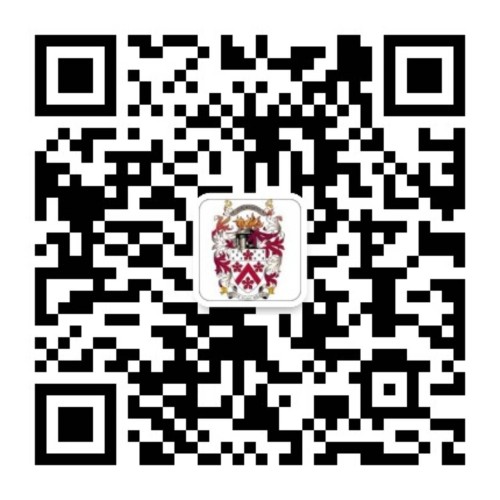Game Design for Sustainable Development
Integrating game design into educational curricula has become a significant trend, demonstrating the potential of interactive and enjoyable learning methods to unlock students' learning potential. Recently, the SE21 course at our school has shown remarkable success with this teaching model, as teachers and students collaborated to develop a game design project aimed at teaching fundamental coding skills, the values of Sustainability and Global Citizenship.
About SE21
Science, Technology, Engineering, Arts & Maths
Entrepreneurship from an Environmental Sustainable Perspective
Developing 21st Century Skills in our Approaches to Learning (ATL)
Mr Amin Teymorian, our Head of Computer Science, and Mr Don Socorro, our SE21 teacher and Computer Science teacher, introduced the initial idea behind this innovative project. They emphasised that coding a game is not only fun but also an effective way to use English for communication and reflection. This method helps students build confidence and prepares them for future competitions, such as the EiM Game Jam. Throughout this process, developing students' basic coding skills is a pathway to AS and A Level Computer Science.

Another crucial goal of the project is to incorporate values of Sustainability and Global Citizenship. By embedding the United Nations Sustainable Development Goals (SDGs) into game design, students are encouraged to consider the global impact of their actions. Therefore, students not only develop fundamental coding skills, but also need to understand the importance of the SDGs and the global implications of their actions.

The evaluation of students' performance is comprehensive. Teachers expect students to understand and address SDG issues through creative and functional game design using MakeCode Arcade. Assessment criteria include alignment with the SDGs, game functionality, poster presentations, and peer feedback. Performance is evaluated using rubrics, with consistent feedback provided in each lesson to encourage continuous improvement. "The students performed exceptionally well and showed great enthusiasm for the project. They were proud of their work, eagerly asking friends to scan the QR codes on their posters displayed outside the classroom. Their excitement and engagement were evident throughout the project, highlighting its success in capturing students' interest."

Students also shared their motivations and real experiences. Annie and Violetta chose to participate because they wanted to create a simple and interesting way for people of different ages to learn how to maintain a balanced diet. Leo and Eric found the most appealing aspect of the project to be the clever integration of learning content with fun. "The most interesting part of our game is to let students learn while playing... our map is also very large, and the difficulty of the levels gradually increases." Jerry and Mimi introduced their game, where the protagonist is a cat that needs to block attacks from various harmful foods, teaching players about which foods are harmful to cats.
Check out these engaging games and give them a try!


In the future, our SE21 course will continue to implement project-based learning methods, such as the "Stop Motion, Start Action" project, where students will create stop-motion animation videos to continue addressing the SDGs. Regarding the application of project-based teaching, our CS teachers advised, "Carefully architect the project choices. The best time to learn to collaborate on projects is class time. Try to make students do as much of the “heavy lifting” as possible during the project. Also, providing a WAGOLL helps a lot, especially with creative students accessing a curriculum using an additional language.”
The SE21 game design project exemplifies how innovative teaching methods can enhance learning by making it interactive and enjoyable. By incorporating global values and fundamental skills into the curriculum, students not only gain knowledge but also develop a sense of responsibility. We look forward to seeing more innovative practices that combine meaningful and in-depth content with engaging interactive forms, sparking students' enthusiasm for learning.






